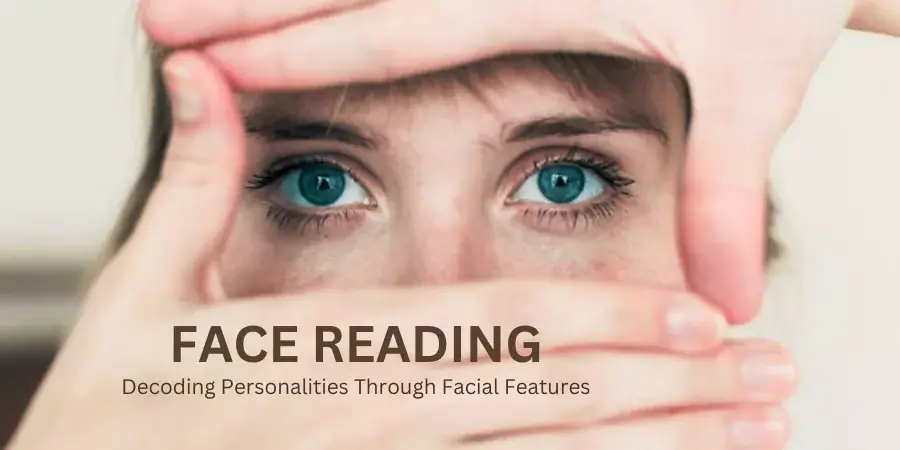Face reading, also known as physiognomy, is an ancient art that analyzes a person’s facial features to understand their character, emotions, and destiny. Practiced for centuries in various cultures, face reading offers a fascinating window into human behavior and psychology.
In this article, we’ll explore the basics of face reading, how it works, and its relevance in today’s world.
What Is Face Reading?
Face reading is the practice of interpreting the shape, structure, and expressions of a person’s face to reveal insights about their personality, emotions, and even health. From the curve of a smile to the arch of an eyebrow, every detail tells a story.
This ancient technique combines observation and intuition to decode an individual’s traits, offering a deeper understanding of their strengths, weaknesses, and potential.
The History of Face Reading
Face reading has roots in ancient Chinese, Greek, and Indian cultures:
– Chinese Mian Xiang: A form of face reading used to predict destiny and health.
– Greek Physiognomy: Associated facial features with personality traits.
– Indian Samudrika Shastra: Analyzed facial features as part of Vedic teachings.
These traditions highlight the universality of face reading as a tool for self-awareness and interpersonal understanding.
How Does Face Reading Work?
Face reading involves analyzing key facial features and their meanings. Let’s break down some of the significant areas:
- Forehead
– Broad forehead: Sign of intelligence and creativity.
– Narrow forehead: Reflects focus and practical thinking.
- Eyes
– Large eyes: Associated with openness, curiosity, and empathy.
– Small eyes: Indicate precision and a detail-oriented personality.
- Nose
– Straight nose: Symbolizes balance and discipline.
– Upturned nose: Reflects optimism and a cheerful outlook.
- Lips
– Full lips: Indicate generosity and a nurturing nature.
– Thin lips: Suggest independence and self-reliance.
- Cheekbones
– High cheekbones: Associated with confidence and leadership.
– Low cheekbones: Reflect humility and approachability.
Modern Applications of Face Reading
In today’s world, face reading has found relevance in:
– Personality assessments: Used in psychology to analyze emotional tendencies.
– Recruitment: Helps identify traits suitable for specific roles.
– Relationships: Enhances understanding of compatibility and communication styles.
– Health diagnosis: Provides clues about underlying health conditions.
Benefits of Face Reading
- Self-awareness: Helps you understand your strengths and areas for growth.
- Better relationships: Improves communication and emotional connection.
- Career insights: Aligns personal traits with professional aspirations.
- Stress management: Identifies emotional patterns to develop coping strategies.
Can Face Reading Predict the Future?
While face reading offers valuable insights, it is not a definitive predictor of the future. Instead, it provides a deeper understanding of current tendencies and potential paths based on personality and behavior.
Tips for Learning Face Reading
- Observe carefully: Pay attention to facial details and expressions.
- Learn from experts: Explore books or attend workshops on physiognomy.
- Practice regularly: Enhance your intuition through regular analysis.
- Stay non-judgmental: Remember that face reading is a tool for understanding, not stereotyping.
Conclusion
Face reading is a powerful tool that bridges ancient wisdom and modern insights. By interpreting facial features, it enables a deeper connection with ourselves and others. Whether used for personal growth, professional development, or relationship building, face reading continues to captivate and inspire.
Discover the secrets your face holds and unlock a new dimension of understanding today!

